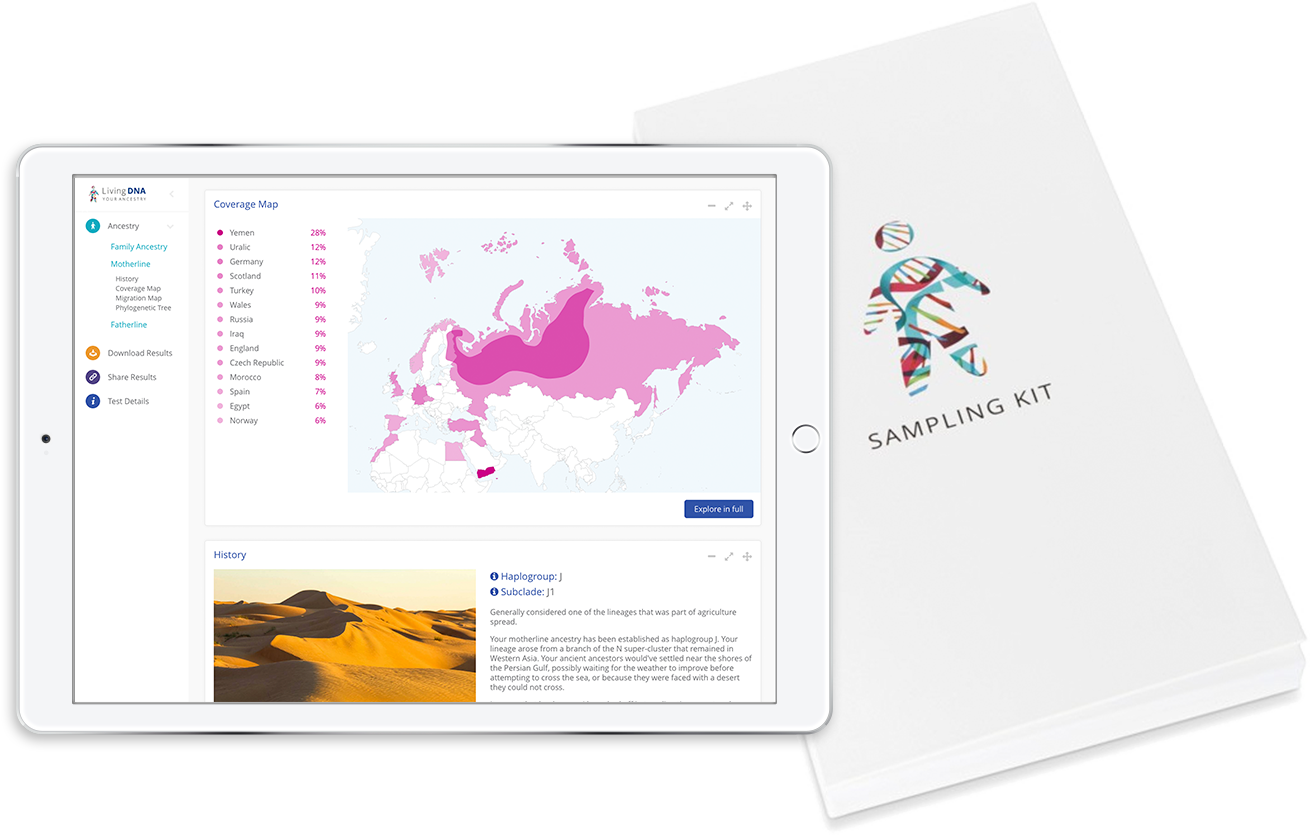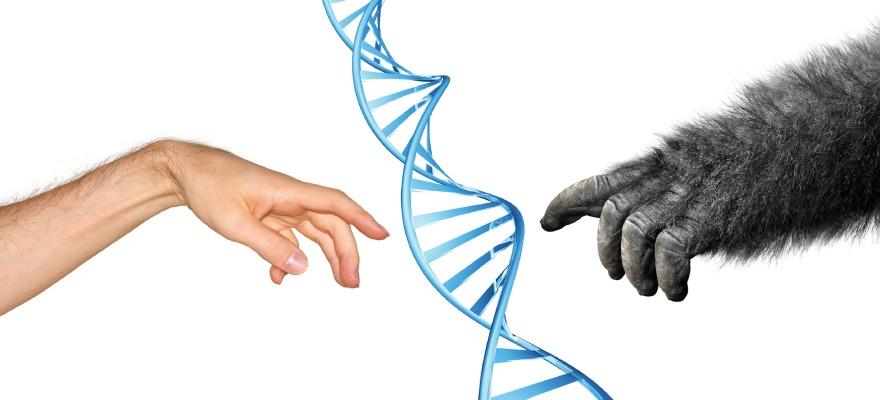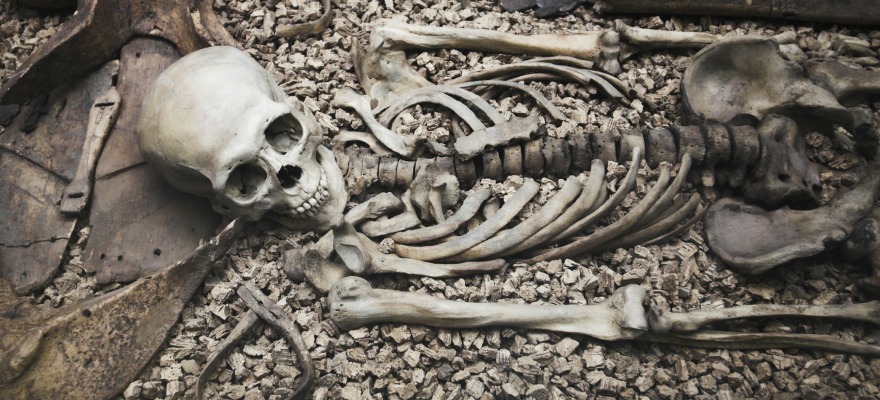Ancestry testing needs more ancient DNA, but why is it so important?
What is ancient DNA?
Ancient DNA is the DNA that has been recovered from the remains of organisms that have long been dead. If successfully extracted, the ancient DNA can be used to accurately paint a picture of what the world was like, and what lived there, from thousands, if not millions of years ago.
Ancient DNA can be found in your local museum, with their well kept specimens, ancient DNA can also be found from archaeological finds and fossil remains. The more ancient DNA that is tested, the more it can help ancestry testing.
Is it difficult to find ancient DNA?
Ancient DNA is difficult to find and to examine. Because only very little DNA is recovered, it was often common for samples to be contaminated by chemicals in the air or even DNA from the person carrying out the DNA extraction.
Because DNA is a very complex structure, it degrades as soon as an organism dies. Bacteria and enzymes naturally found in our bodies start to decompose the corpse, starting from inside each of our cells. This is called apoptosis.
This process is accelerated if the DNA is exposed to nature and its elements.
Because bacteria thrive and flourish in warm and damp places, the best specimens are found in cool dry climates and at high altitudes, as this minimises the speed of bacterial breakdown. Keeping DNA in this environment increases our chances of extracting DNA.
Extracting DNA from the Y-chromosome is difficult from our ancient ancestors as it depends on extracting enough DNA from certain regions of the genome. However mitochondrial DNA is easier, as it more commonly found within our DNA and its shape makes it tougher (it is circular rather than string-like), therefore severely damaged remains should have enough mitochondrial DNA for ancestry testing.
How does ancestry testing benefit from ancient DNA?
Sampling your genetic data to look into your deep ancestry, is the best way to find out exactly where your ancestors are from and how they migrated from the plains of Africa to your current location. It fills the gaps we have in our ancestral histories.
With even more ancient DNA, ancestry testing can become even more accurate, by looking at the areas of where your ancestors remains were discovered, and comparing your DNA samples to theirs, we can accurately place where your ancestral journey begins.
Analysing the full genomes of your ancient ancestors, ancestry testing can explain what were your ancestors migration patterns, where your ancestors lived, and potentially, what were their social habits.
For example, ancient DNA has helped ancestry testing by pinpointing admixture, or in other words, did your ancestors interbreed with Neanderthals.
Ancestry testing is already a highly accurate way of finding out more about your ancestors, and what makes you, you. However with more ancient DNA, ancestry testing can provide even more data about your ancestors and their story of survival through the ages.
Using state of the art DNA testing, we are launching the world's most advanced ancestry DNA test. To find out more information and register your interest, please visit Living DNA.



.jpg)

.jpg)



